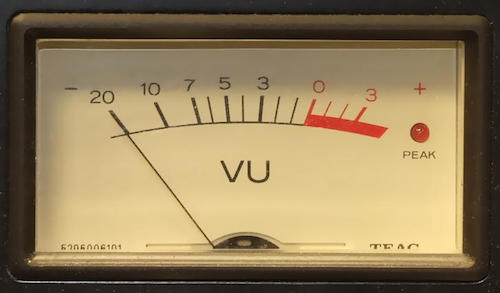Audio Gain, Volume, & Gain Staging — Produce Like A Pro:
If audio gain is reserved to describe the input level on a source, then volume is the measurable output level of a signal, after processing. Volume is typically measured in dB SPL and can be boiled down to the loudness we actually hear.
Mixing in your DAW, every track is routed to a stereo channel, or “mix buss.” How loud the output of the mix buss is can be called “volume!”
Well put. Gain/trim = input. Volume = output. Wonder where we put “level”?
I still have to deal with bands who think the right thing to do to get the “sound” right for the wedges and the room (sigh) is to turn up the trim pot. All the faders must be at unity…
I’m really enjoying the things I get to listen to and read from the Produce Like a Pro Academy. We’re not in Kansas anymore.
